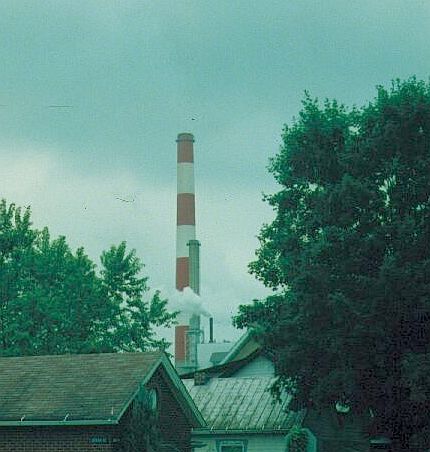Task
You are to evaluate the feasibility of two potential store locations for your company. You learn from your boss that the remodeling and furnishing a building shell and the associated start up costs of a store averages $125,000 for mall locations. For non mall locations, you have to spend an extra $25,000 for the exterior and parking lot. There are no benefits ($0) during start up.
Your accountants tell you that on average, stores have labor costs totaling $120,000 yearly. In the mall, you have found that rent and security will cost an additional $35,000 per year. At location Y, across the street from the mall, rent and security will total $20,000 a year.
Your accountants also tell you that most mall based stores make $160,000 during the first year and increase their income (benefits) by $13,000 annually for about six years if they are in a mall. In other locations, stores make only $145,000 a year and increase their income $16,000 annually over the first six years.
Your boss wants you to evaluate the Net Present Value of both of these locations using the data provided by her and the accountants for six years. She also fears an inflationary spike, so she wants you to figure out if the project would still be feasible if the discount rate moves from 5% to 10%.
To do this exercise, I would like you to try to set up the formulas yourself (or with your partner or team member) in Microsoft Excel. If you run into trouble, the link below allows you to download a Microsoft Excel file with all the calculations you need. You’ll have to figure out the logical steps that I’ve used, but if you examine closely the formulas in this spreadsheet, you can add your own data and eventually get the answers you need. Good Luck. Don’t be afraid to fail at this, but make sure you learn something.




